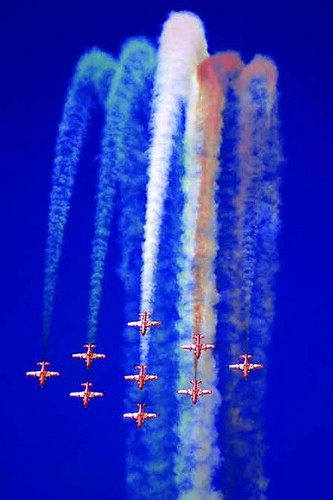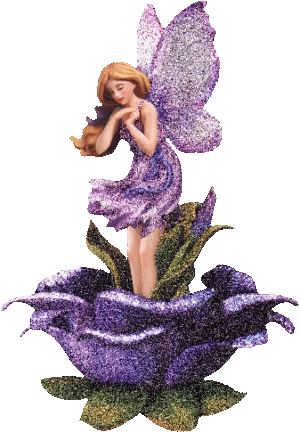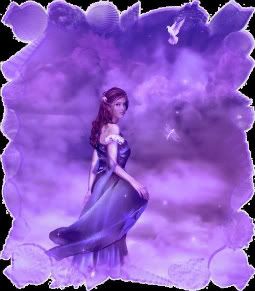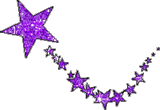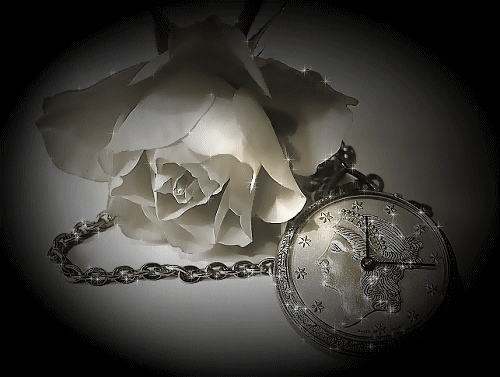
In ancient Egypt, New Year was celebrated at the time the River Nile flooded, which was near the end of September. The flooding of the Nile was very important because without it, the people would not have been able to grow crops in the dry desert. At New Year, statues of the god, Amon and his wife and son were taken up the Nile by boat. Singing, dancing, and feasting was done for a month, and then the statues were taken back to the temple.
In the Soviet Union, children who live in the city of Moscow may visit the Kremlin Palace of Congresses. There they will see a huge fir tree called the New Year Tree. The tree is decorated with countless colored lights. Children might also see a fairy-tale play and get gifts from Grandfather Frost and his helper the Snow Maiden.
People in Sweden attend church services in the morning. Then comes a big family dinner, much like the one at Christmas.
The Muslim calendar is based on the movements of the moon, so the date of New Year is eleven days earlier each year.
Iran is a Muslim country which used to be called Persia. The people celebrate New Year on March 21, and a few weeks before this date, people put grains of wheat or barley in a little dish to grow. By the time of New Year, the grains have produced shoots, and this reminds the people of spring and a new year of life. Most Hindus live in India, but they don't all celebrate the New Year in the same way or at the same time.
The people of West Bengal, in northern India, like to wear flowers at New Year, and they use flowers in the colors of pink, red, purple, or white. Women like to wear yellow, which is the color of Spring.
In Kerala, in southern India, mothers put food, flowers, and little gifts on a special tray. On New Year's morning, the children have to keep their eyes closed until they have been led to the tray. In central India, orange flags are flown from buildings on New Year's Day.
In Gujarat, in western India, New Year is celebrated at the end of October, and it is celebrated at the same time as the Indian festival of Diwali. At the time of Diwali, small oil lights are lit all along the roofs of buildings.
At New Year, Hindus think particularly of the goddess of wealth, Lakshmi.
In Vietnam, the New Year is called Tet Nguyen Dan or Tet for short. It begins between January 21 and February 19, and the exact day changes from year to year. They believe that there is a god in every home, and at the New Year this god travels to heaven. There he will say how good or bad each member of the family has been in the past year. They used to believe that the god traveled on the back of a fish called a carp, and today, they sometimes buy a live carp, and then let it go free in a river or pond. They also believe that the first person to enter their house at New Year will bring either good or bad luck.
In Japan, New Year is celebrated on January 1, but the Japanese also keep some beliefs from their religion, which is called Shinto. To keep out evil spirits, they hang a rope of straw across the front of their houses, and this stands for happiness and good luck. The moment the New Year begins, the Japanese people begin to laugh, and this is supposed to bring them good luck in the new year.
China (courtesy Denise Richards) The origin of the Chinese New Year is itself centuries old - in fact, too old to actually be traced. It is popularly recognized as the Spring Festival and celebrations last 15 days. Preparations tend to begin a month from the date of the Chinese New Year (similar to a Western Christmas), when people start buying presents, decoration materials, food and clothing.
A huge clean-up gets underway days before the New Year, when Chinese houses are cleaned from top to bottom, to sweep away any traces of bad luck, and doors and windowpanes are given a new coat of paint, usually red.
The doors and windows are then decorated with paper cuts and couplets with themes such as happiness, wealth and longevity printed on them. The eve of the New Year is perhaps the most exciting part of the event, as anticipation creeps in. Here, traditions and rituals are very carefully observed in everything from food to clothing.
Dinner is usually a feast of seafood and dumplings, signifying different good wishes. Delicacies include prawns, for liveliness and happiness, dried oysters (or ho xi), for all things good, raw fish salad or yu sheng to bring good luck and prosperity, Fai-hai (Angel Hair), an edible hair-like seaweed to bring prosperity, and dumplings boiled in water (Jiaozi) signifying a long-lost good wish for a family. It's usual to wear something red as this color is meant to ward off evil spirits - but black and white are out, as these are associated with mourning.
After dinner, the family sit up for the night playing cards, board games or watching TV programs dedicated to the occasion. At midnight, the sky is lit up by fireworks.
On the day itself, an ancient custom called Hong Bao, meaning Red Packet, takes place. This involves married couples giving children and unmarried adults money in red envelopes. Then the family begins to say greetings from door to door, first to their relatives and then their neighbors. Like the Western saying "let bygones be bygones," at Chinese New Year, grudges are very easily cast aside. The end of the New Year is marked by the Festival of Lanterns, which is a celebration with singing, dancing and lantern shows. The Chinese New Year is celebrated some time between January 17 and February 19, at the time of the new moon, and it is called Yuan Tan. It is celebrated by Chinese people all over the world, and street processions are an exciting part of their New Year.
The Festival of Lanterns is the street processions, and thousands of lanterns are used to light the way for the New Year The Chinese people believe that there are evil spirits around at New Year, so they let off firecrackers to frighten the spirits away. Sometimes they seal their windows and doors with paper to keep the evil spirits out.
In Europe, New Year was often a time for superstition and fortune-telling, and in some parts of Switzerland and Austria, people dress up to celebrate Saint Sylvester's Eve. In AD 314, there was a Pope called Saint Sylvester, and people believed that he captured a terrible sea monster. It was thought that in the year 1000, this sea monster would escape and destroy the world, but since it didn't happen, the people were delighted.
Since then, in parts of Austria and Switzerland, this story is remembered at New Year, and people dress up in fantastic costumes, and are called Sylvesterklauses.
In Greece, New Year's Day is also the Festival of Saint Basil. Saint Basil was famous for his kindness, and Greek children leave their shoes by the fire on New Year's Day with the hope that he will come and fill the shoes with gifts.
In Scotland, New Year is called Hogmanay, and in some villages barrels of tar are set alight and rolled through the streets. Thus, the old year is burned up and the new one allowed to enter. Scottish people believe that the first person to enter your house in the New Year will bring good or bad luck, and it is very good luck if the visitor is a dark-haired man bringing a gift. This custom is called first-footing. The song, Auld Lang Syne is sung at midnight on New Year's Eve, and this custom is now celebrated all over the world.
In British Columbia, Canada, there is the traditional polar bear swim. People of all ages put on their bathing suits, and plunge into the icy cold water which surrounds Vancouver during the winter.
The United States rings in the New Year with it's largest celebration since 1908, the dropping of the ball in New York's Time Square. Then on New Year's Day it celebrates with the Tournement of Roses Parade, held for over 100 years in Pasadena, California, by decorating floats with thousands of flowers, seeds and other plant materials. In Philadelphia, Pennsylvania they have the Mummers' Parade. 










